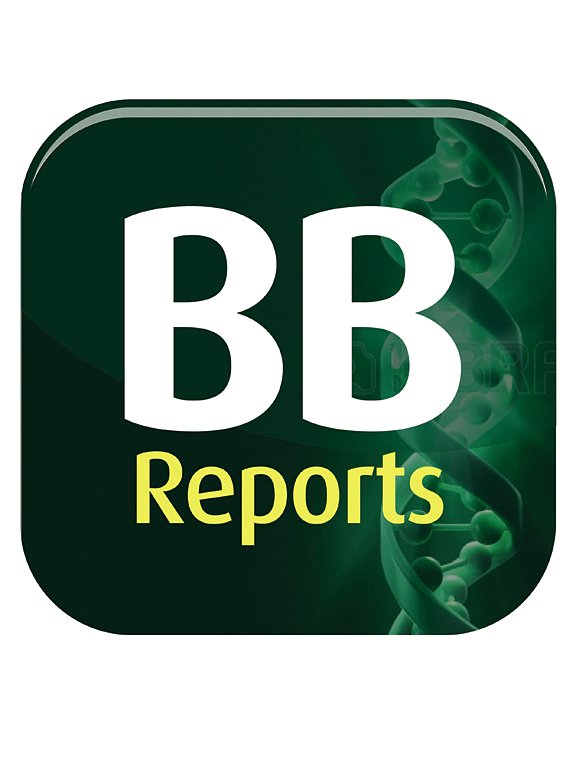In vitro antitumor and immunomodulatory activities of 1,2,4-oxadiazole derivatives
IF 2.3
Q3 BIOCHEMISTRY & MOLECULAR BIOLOGY
引用次数: 0
Abstract
Melanoma is the most aggressive and lethal type of skin cancer, responsible for approximately 60,000 deaths annually. The main strategy for treating melanoma is surgery to completely remove the lesion and its margins. However, for more advanced cases with a high recurrence rate, the preferred approach is to combine chemotherapy with immunotherapy treatments. Tumor-associated macrophages (TAMs) are the most abundant leukocytes in solid tumors. Current immunotherapy approaches target TAMs by inhibiting pro-tumoral TAMs and activating anti-tumoral TAMs, repolarizing them to the M1 phenotype. The antitumor and immunomodulatory activities of molecules derived from 1,2,4-oxadiazole, as demonstrated in the literature, highlight the potential of this class as a source of promising candidates for therapeutic applications. Thus, the present study aims to evaluate the antitumor and immunomodulatory effects of the synthetic derivative 1,2,4-oxadiazole, N-cyclohexyl-3-(3-methylphenyl)-1,2,4-oxadiazole-5-amine (1,2,4-oxadiazole derivative 2), in melanoma cells and murine Bone Marrow-Derived Macrophages (BMDMs). Cytotoxicity in B16–F10 and BMDMs cells was assessed using the (3-(4,5-dimethylthiazol-2-yl)-2,5-diphenyltetrazolium bromide) MTT method. 1,2,4-oxadiazole derivative 2 exhibited antiproliferative effects on both cell lines, being 2.6 times more selective for B16–F10. Necrosis was identified as the active induced death pathway. BMDMs isolated and exposed to 1,2,4-oxadiazole derivative 2 polarize to the M1 phenotype and induce TNF-α at a concentration of 64.34 μM. Exposure to melanoma murine supernatants also promotes M1 polarization. Supernatants containing traces of 1,2,4-oxadiazole derivative 2 (Supernatants B, C, and D) increased the percentage of M1 cells compared to Supernatant A, as well as elevated levels of nitrite, TNF-α, and IL-12. 1,2,4-oxadiazole derivative 2 combined with Supernatant A and 1,2,4-oxadiazole derivative 2 combined with LPS also resulted in higher M1 polarization, suggesting a synergistic effect on M1 polarization and TNF-α production. Our findings underscore the significance of the 1,2,4-oxadiazole compound class and highlight the potential of 1,2,4-oxadiazole derivative 2 as an antitumoral and immunotherapeutic agent.
求助全文
约1分钟内获得全文
求助全文
来源期刊

Biochemistry and Biophysics Reports
Biochemistry, Genetics and Molecular Biology-Biophysics
CiteScore
4.60
自引率
0.00%
发文量
191
审稿时长
59 days
期刊介绍:
Open access, online only, peer-reviewed international journal in the Life Sciences, established in 2014 Biochemistry and Biophysics Reports (BB Reports) publishes original research in all aspects of Biochemistry, Biophysics and related areas like Molecular and Cell Biology. BB Reports welcomes solid though more preliminary, descriptive and small scale results if they have the potential to stimulate and/or contribute to future research, leading to new insights or hypothesis. Primary criteria for acceptance is that the work is original, scientifically and technically sound and provides valuable knowledge to life sciences research. We strongly believe all results deserve to be published and documented for the advancement of science. BB Reports specifically appreciates receiving reports on: Negative results, Replication studies, Reanalysis of previous datasets.
 求助内容:
求助内容: 应助结果提醒方式:
应助结果提醒方式:


